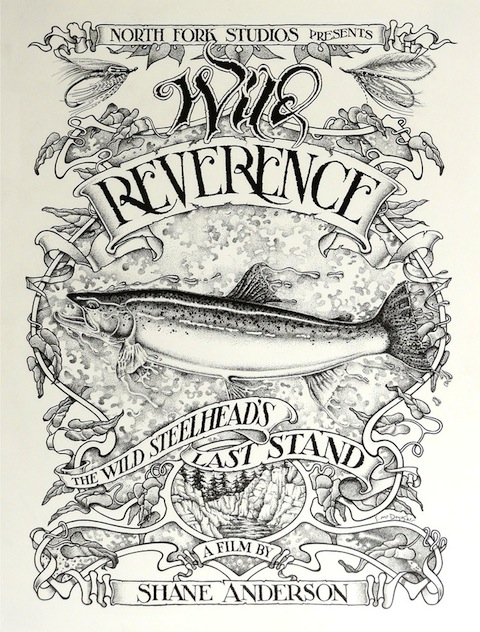
Federal fishery officials, along with Washington's 2008 Statewide Steelhead Management Plan, are calling for designation of a network of watersheds for wild steelhead so the wild genetics are not diluted by hatchery fish.
The Washington Department of Fish and Wildlife has started the process of developing a regional management plan for steelhead in the North Fork Lewis, East Fork Lewis and Washougal rivers along with Salmon Creek.
One of the outcomes of this process likely will be elimination of hatchery steelhead releases in one of the streams in order to create a genetic bank for wild fish.
Some anglers are not happy about losing their hatchery plants.
Sounds like lost fishing opportunity,'' said Keith Hyde, president of the Columbia River chapter of the Association of Northwest Steelheaders.
Clark County has a big population of aging anglers who have a long history of fishing the local streams, Hyde added.
"Our goal is a balance of recovery of wild fish and still providing as much opportunity as we can,'' Glaser said.
LINK (via: The Columbian)
There are 178 some odd hatchery programs throughout Washington and our wild steelhead runs continue their decline towards extinction. How's that working out for everybody? Supporting the WDFW's modest steelhead management plan would be a logical first step for any group that really cares about the recovery of wild fish, the current strategy is clearly not working.
 Thursday, September 26, 2013 at 12:05AM
Thursday, September 26, 2013 at 12:05AM 
 fishstarter,
fishstarter,  kickstarter,
kickstarter,  wild steelhead in
wild steelhead in  Film and Video
Film and Video 








